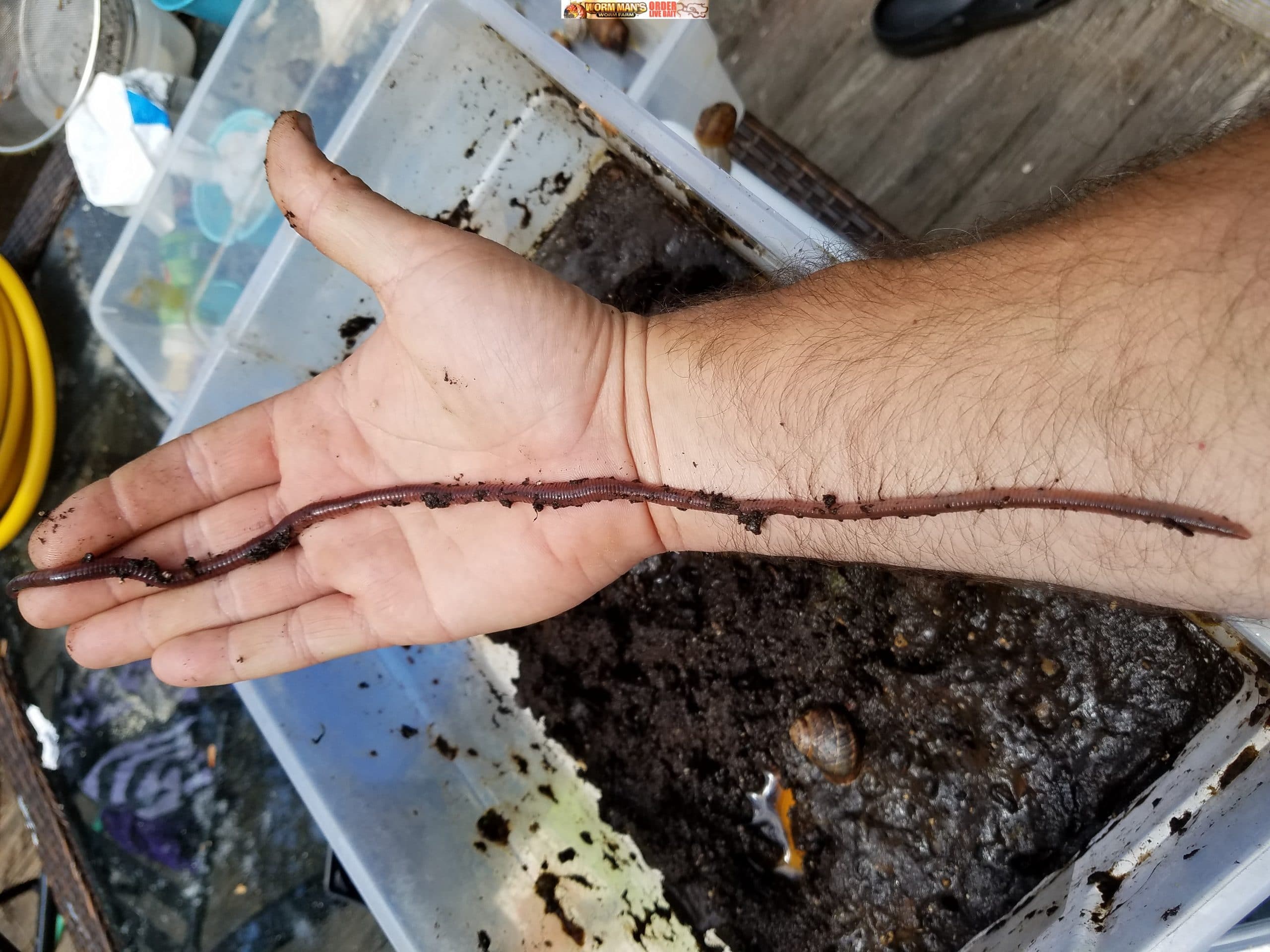


Their natural habitats are grasslands, and while they can survive beneath pastures, cultivation, heavy cattle grazing and effluent run-off are adversarial to the species. Gippsland earthworm colonies are small and isolated, and the species' low reproductive rates and slow maturation make those small populations vulnerable. They are usually very sluggish, but when they move rapidly through their burrows, it can cause an audible gurgling or sucking sound which allows them to be detected. Unlike most earthworms which deposit castings on the surface, they spend almost all their time in burrows about 52 centimetres (20 in) in depth and deposit their castings there, and can generally only be flushed out by heavy rain. When these worms hatch in 12 months they are around 20 centimetres (7.9 in) long at birth. They breed in the warmer months and produce egg capsules that are 4 centimetres (1.6 in) to 7 centimetres (2.8 in) in length which are laid in their burrows. They have relatively long life spans for invertebrates and can take 5 years to reach maturity. These worms live in deep burrow systems and require water in their environment to respire. They live in the subsoil of blue, grey or red clay soils along stream banks and some south- or west-facing hills of their remaining habitat which is in Gippsland in Victoria, Australia. They have a dark purple head and a blue-grey body, and about 300 to 400 body segments. On average they weigh about 200 grams (0.44 lb). These giant earthworms average 1 metre (3.3 ft) long and 2 centimetres (0.79 in) in diameter and can reach 3 metres (9.8 ft) in length however, their body is able to expand and contract making them appear much larger. They become a nuisance when they are found in large numbers on sidewalks, driveways, patios, pools and other places where they are not wanted.The giant Gippsland earthworm, Megascolides australis, is one of Australia's 1,000 native earthworm species. You may see nightcrawlers moving away from the lawn when the lawns are overwatered or after heavy rainfall.




 0 kommentar(er)
0 kommentar(er)
